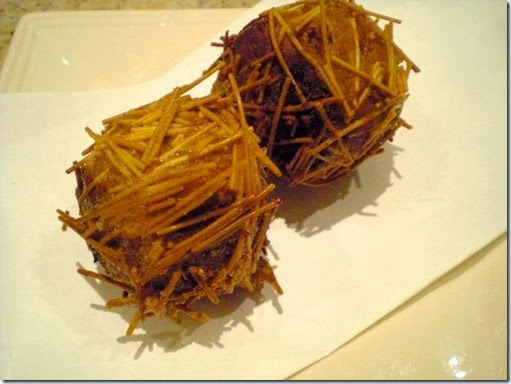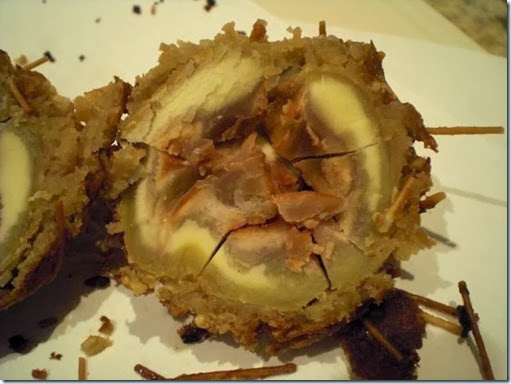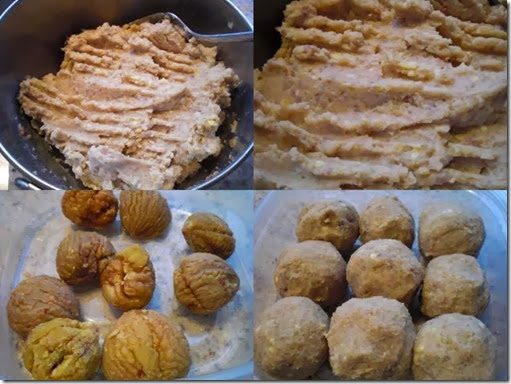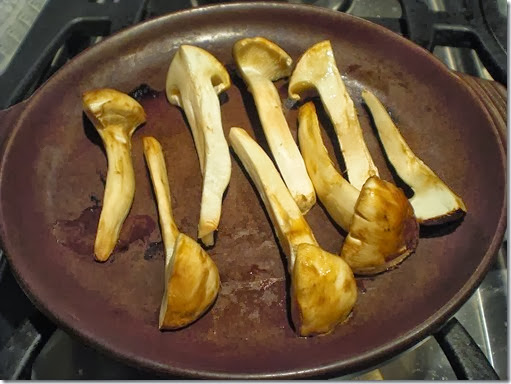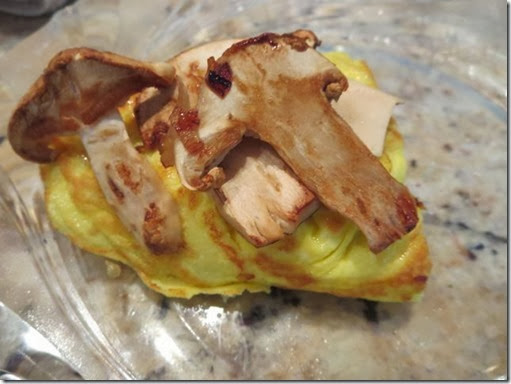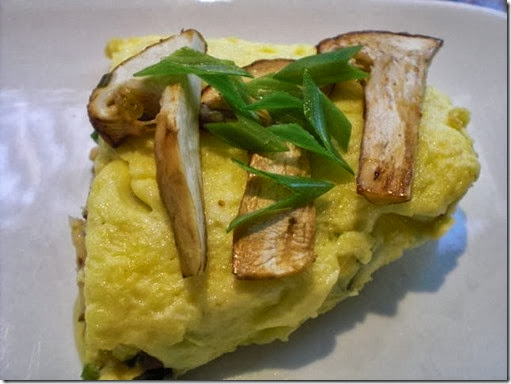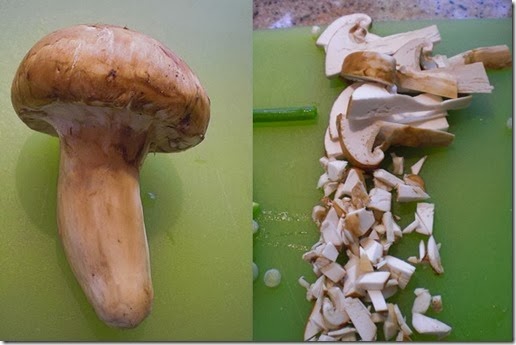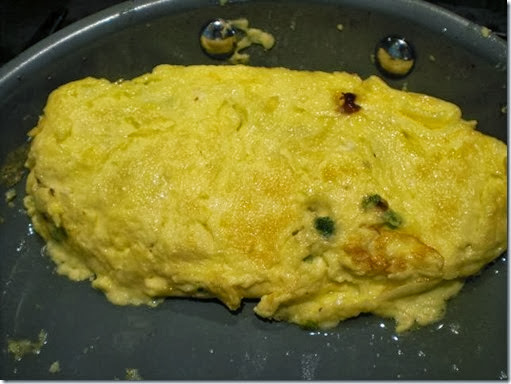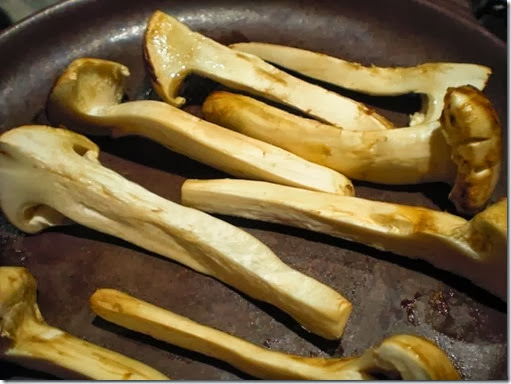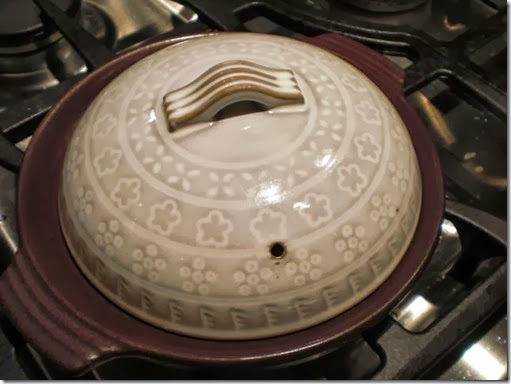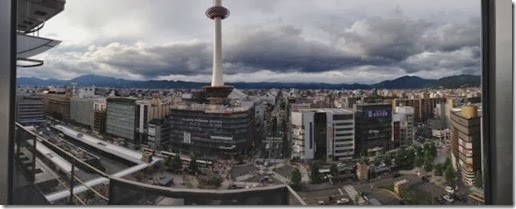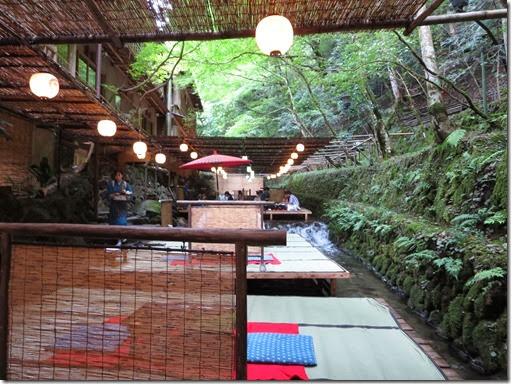We visit Kyoto 京都 every time we are in Japan. This time we had only 2 nights and one whole day. We stayed at out favorite hotel in Kyoto "
Granvia" with a spectacular city view.
We arrived in Kyoto late afternoon on Sunday and many of the Izakayas we would have liked to visit were closed. The weather was not particularly cooperative either as you can see in the view from our hotel window. So, we went to our backup,
"Torihachi"鳥八 on Sunday evening. One of the advantages of Torihachi is that they are always open even Sunday. (They may close New Year’s day). In addition, we could walk to it through the station and underground "Kintetsu meitengai" 近鉄名店街 shopping mall. Although the choice of sake is very limited, their "
Kara-age" is to die for. They keep the skin on the meat and the skin gets crispy yet the meat remains succulent. We thoroughly enjoyed the evening at Torihachi.
In any case, we had only one whole day (Monday) and over the years we have visited most of the major sightseeing spots in Kyoto and surrounding areas (Nara and Uji) including some difficult to get to such as "Koke dera" 苔寺, so we decided to go to "Kurama" 鞍馬 this time. This is in the mountains where
Minamoto Yoshitune 源義経, the favorite tragic hero of Japan, trained with the mystical red-faced and Pinocchio-nosed creature/monk warrior “
Tengu 天狗” as a young “Ushiwaka-maru” 牛若丸. I walked the mountain path between Kurama and Kifune 貴船 many many years ago and remembered that the path was dark, cool with many tree roots exposed on the surface. My recollection was that I walked the path during a break in a business trip in my suit, tie and dress shoes. I remember it was very difficult (possibly due to my attire) but the detail of my memory have been blurred by time.
So, we decided to dedicate a whole day to this excursion. Our plan was to skip lunch and come back to the hotel early and hungry enough so that we could be at
Akagaki-ya 赤垣屋 around 4:30pm when it opens so that we could sit at the counter.
Kurama is a bit far away but the concierge at the hotel gave us good advice. He suggested that we take a short taxi cab ride to the Keihan shichi-jo 京阪7条駅 station and pick up the train to Demachi Yanagi 出町柳 and then transfer to “Eizan-dentetsu” 叡山電鉄 to “Kurama”. Eizan-dentesu is a quaint local train and many intervening stations were un-manned (meaning that passengers had to get off from the first door so that the driver could collect the fare). Our slow train gradually climbed into the mountains and beautiful scenery unfolded as we went. (The train actually had seats placed parallel to the side windows so passengers could view the scenery comfortably facing front without having to turn their heads).
We got off at the terminus, Kurama station. We walked easily to Kurama-dera temple. Next question was how far we had to walk/climb to attain the mountain path I remembered. I somehow thought it was an easy reach from Kurama station but it was not. (We found that there is little level ground in the mountains you are either walking relentlessly up or relentlessly down.) The path on this side of the mountain was relentlessly up. In addition to a short cable car ride, we had to climb numerous stone stairs, paths, and steps which were cut into the ground. We came across several temples and shrines of sorts along the way. After some way up, we felt we were deep in the mountains with dense stands of Japanese cedar trees soaring straight to the sky on both sides of the trail. The air was much cooler (this was a rather hot day) leaving our skin feeling clammy cool. Something that can not be captured in pictures were the continuous sounds of cicadas, other insects, and birds. We saw a small snake, brought to our attention by a lady hiker running past shouting "hebi…hebi" (snake, snake). We turned in time to see the creature slither off the path in the opposite direction of the screaming hiker. Finally, we saw the exposed tree roots on packed dirt that I remembered.
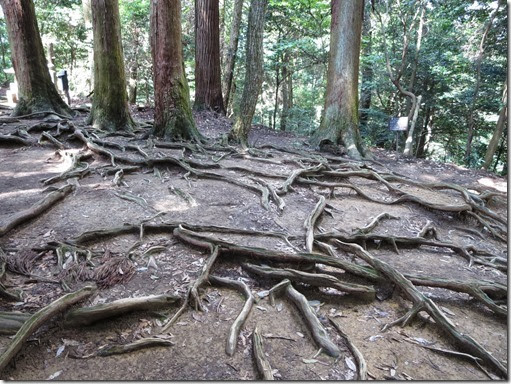
At this point, we had come half way along the route. Initially we were not sure we could walk all the way to “Kifune”. My wife said “I am not going back down the steps we’ve already climbed. Lets keep going”. That settled it. Forward and onward! The rest of the way was relentlessly down hill. This was not as bad as climbing. Although many steps had been painstakingly cut into the earth of the mountain path, we felt in some cases they actually made the walking more difficult. If the packed dirt and tree roots were kept as they were, it may have been easier to walk as long as it was not wet or muddy. Finally after 2 hours of climbing and walking on the stairs and mountain path, we heard the water running and saw the top of the tiled roofs. We knew we were finally at “Kifune”.
Coming down the last stretch of steep steps, we saw “Kawadoko” 川床. I had read about these restaurants in Kifune but this was not what I had imagined. Kawadoko is somewhat similar to Suzumi-doko* 涼み床 but better. Although we were supposed to skip lunch so that we could go to the Izakaya early, this view of kawa-doko changed our minds. We did not do any “research” (i.e. look up on the web) but we decided to have a lunch at “Kiraku”
喜らく. It was expensive especially for a lunch but we could not pass this unique opportunity.
The customers were seated (shoeless) on low, platforms suspended over the shallow river bed. The river bed was paved with cement embedded with stones and the water ran swiftly over descending rapids with a loud rushing sound. We were so close to the water we could have put our feet in. (My wife said she almost did while attempting to remove her sandals). The rapidly moving water served as a natural “air conditioner” cooling things by several degrees. The nice sound of rushing water further enhancing the cool feeling as well as muffled conversation from nearby tables. Please see the picture below and I also added a short video (below).
*Suzumidoko: We had spent an evening on Suzumi-doko in an old Japanese restaurant 料亭 on Ponto-cho 先斗町 some years ago. Prime seating was au fresco on a deck or veranda built over the flood plain of the Kamo river 鴨川. The idea is that the cool air created by the river going under and over the suzumi-doko served as a natural air conditioner making the hot humid summer evenings of Kyoto more tolerable while dining.
The above picture was the up-river view from where we were seated. The entire platform was just for us. The bamboo blind provided privacy from the diners next door. Please see the video below for the full effect of view and sound.
This was the most reasonably-priced lunch on the menu. Goma-dofu 胡麻豆腐, mountain vegetable tempura 山菜の天ぷら, cold somen noodle with poached egg 素麺の温泉卵 and several more small dishes. We thought this was quite a feast for lunch. But then, the second course appeared which was grated mountain yam and Carp* "arai" sashimi* 鯉のあらいの山芋かけ which was a rather elaborate and filling dish.
*Eating raw fresh water fish is risky because of the parasites they may carry. In this type of Japanese restaurant, I was told that they only use specially "cultivated" carp for eating raw not wild. So the risk of parasites is said to be nonexistent. Since these raw carp dishes were being served in many reputable restaurants, I have to trust their safety. I don’t think, however, carp is worth ordering if you have a choice.
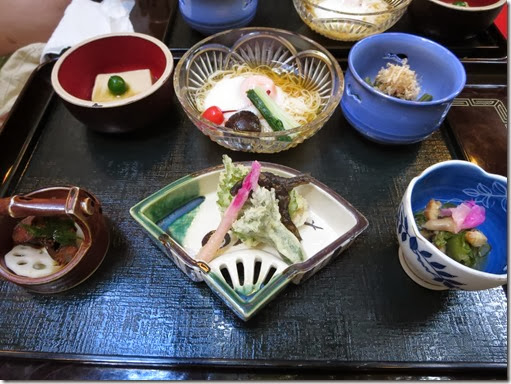
We forgot that we ordered an additional grilled sweet fish 鮎の塩焼き.

We did not know but they also served mushroom rice, soup and assorted pickled vegetables 漬け物.

Although we barely touched the rice, at this point, both of us were quite full and it was very unlikely that we would be hungry again at 4:30pm when Akagaki-ya opens. Nevertheless, this was a quite a experience and we were glad we did it. It was like a grand Japanese style reward at the end of the arduous hike.
We took a bus to Kifune-guchi station 貴船口駅. It was a paved road but very narrow, in some segments, it was not possible for two cars to pass. In addition, many tourists were walking along the road making driving even more difficult. We were glad we took a bus rather than walking. From Kifune-guchi station, we took the slow local train again back to civilization.
To make the day count, we got off the subway at 4-jo Kawaramachi 4条河原町 to do some shopping on the way back. We went to several of our favorite stores including the doll store which my wife really likes. We even managed to go to Nishiki ichiba 錦市場 and bought a few items including small containers to serve Japanese delicacies. At this point, we gave up on going to Akagaki-ya since we were not yet hungry and it was almost 5pm. Again we decided to go to our back-up Izakaya later when we were hungry.
This one is called "Kurakura" 倉蔵. It is hidden in the small alleyway but is in walking distance from our hotel. Although food could have been better, we had many choices of excellent sake as a de fact-sake sommelier (wife of the owner??) took interest in us and let us taste and served sake herself. (Akagaki-ya does not have a good variety of sake). So we were quite satisfied. We declared our visit to Kyoto another resounding success and walked back to our hotel.












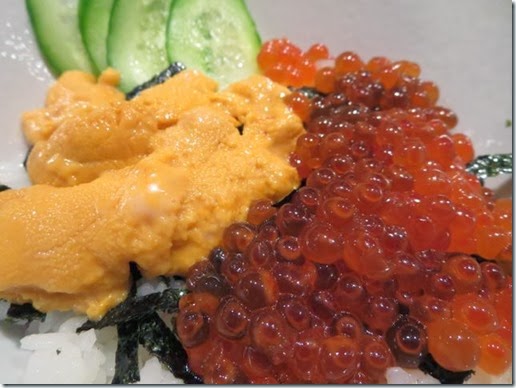
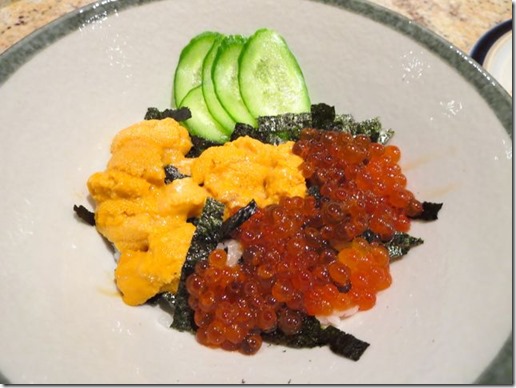
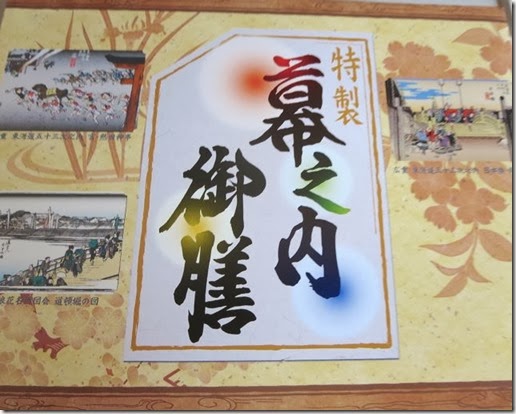
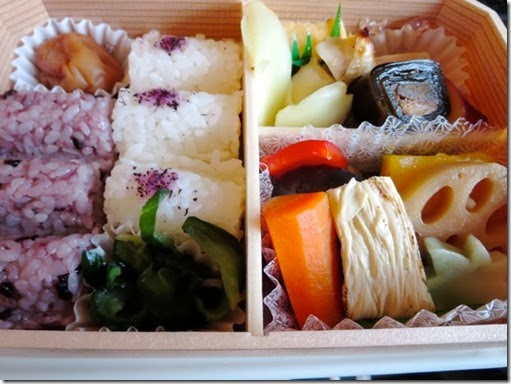
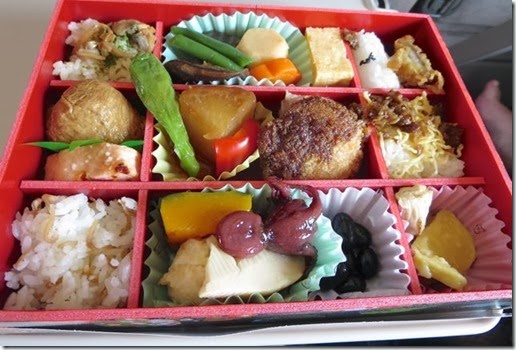
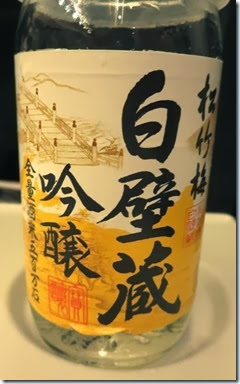
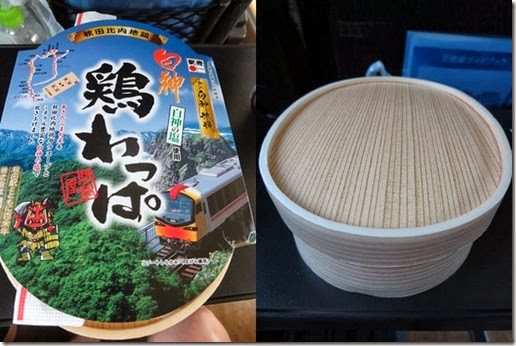
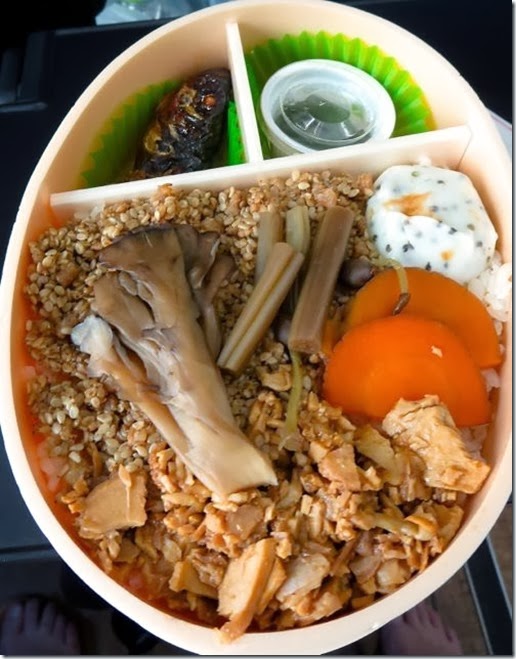
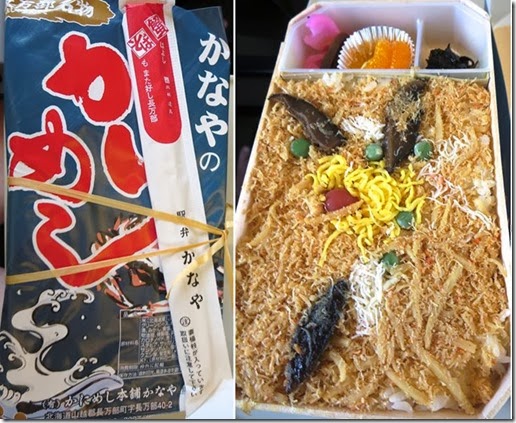
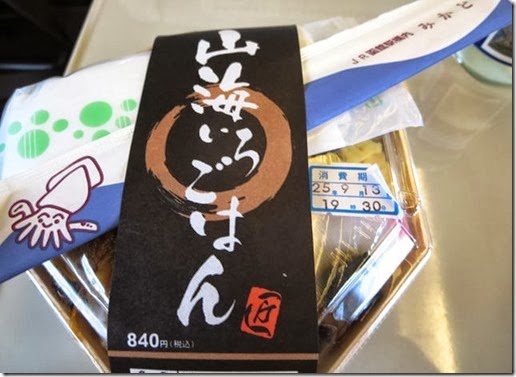

 \
\



